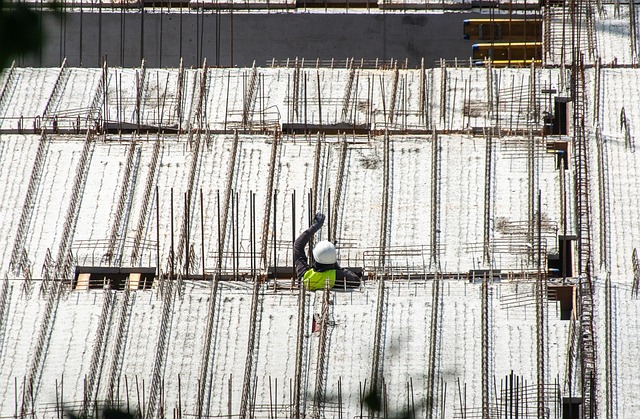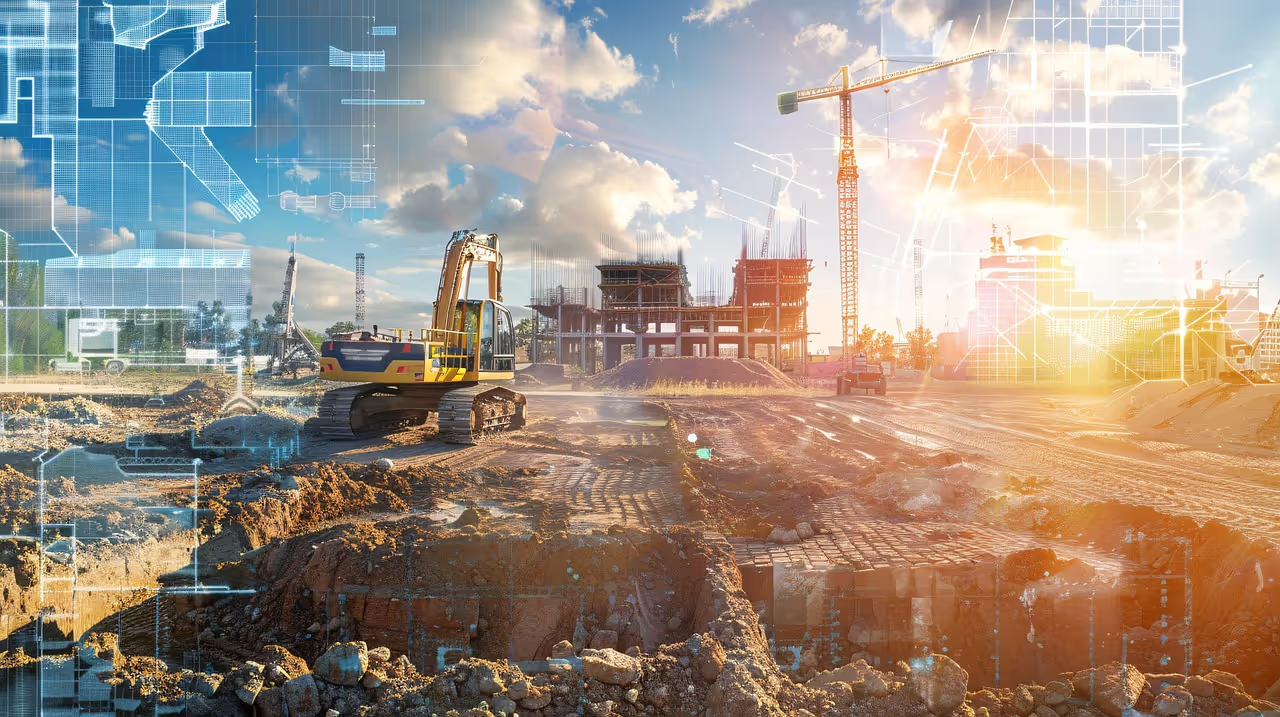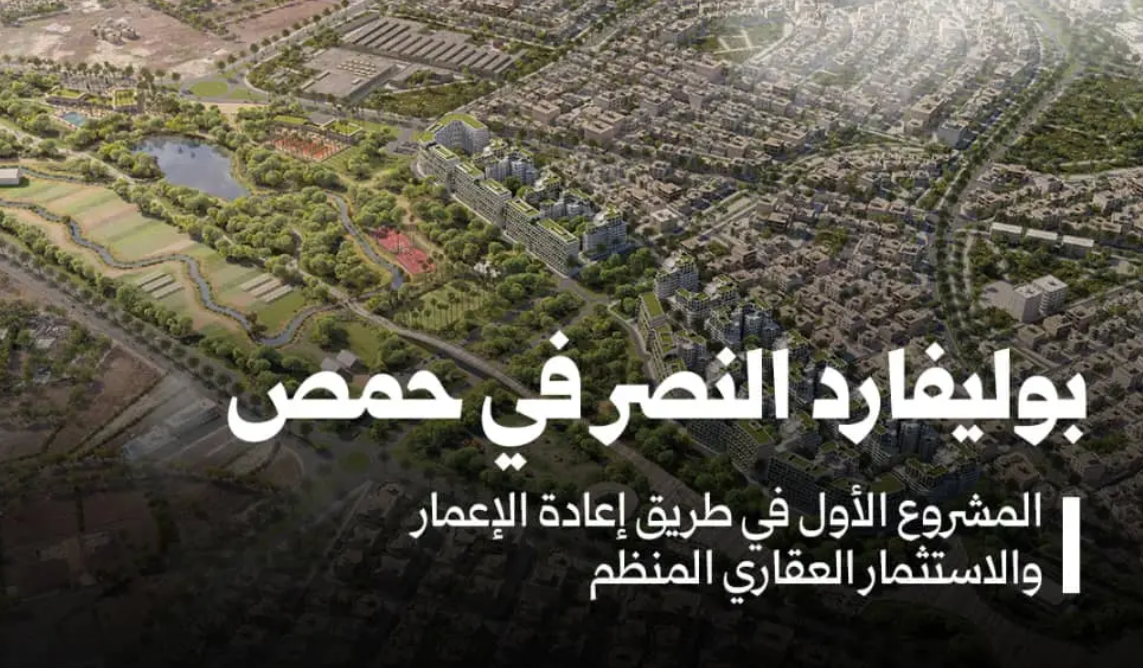Amidst the immense challenges facing Syria's reconstruction, modern construction technology emerges as a pivotal solution not only to speed up the pace of work but also to ensure unprecedented quality and efficiency. Adopting innovative techniques like prefabricated construction, Building Information Modeling (BIM), and 3D printing represents a paradigm shift towards a more efficient and sustainable reconstruction.
Why is Technology the Solution?

Global experiences in post-conflict and disaster-stricken regions clearly demonstrate that traditional construction methods might not be sufficient to handle the scale of destruction and the magnitude of needs. This is where technology steps in to offer solutions that accelerate processes, reduce errors, and increase resilience:
- Accelerated Reconstruction Pace: Modern technologies allow construction tasks to be completed in significantly less time compared to traditional methods, reducing the timelines required for life to return to normal.
- Improved Quality and Accuracy: Automation and digital modeling ensure high levels of precision in manufacturing and execution, reducing human errors and guaranteeing that projects meet required specifications.
- Long-Term Cost Reduction: Although some initial investments might be high, the efficiency gained from technology reduces material waste, speeds up completion, and lowers labor costs, leading to significant long-term savings.
- Enhanced Sustainability: Many modern technologies, such as prefabricated construction, reduce on-site waste and support the use of recycled materials, aligning with sustainable building principles.
- Improved Safety: Relying on machinery and off-site processes reduces workers' exposure to risks in the construction environment.
Leading Technologies for Syria's Reconstruction:

- Prefabricated Construction :This method involves manufacturing building components (such as walls, panels, roofs) in specialized factories and then transporting and assembling them on-site.
- Advantages: Extremely fast assembly, high quality and better control in a factory environment, reduced on-site waste, and less need for intensive on-site labor. This is ideal for quickly rebuilding housing and essential facilities.
- Building Information Modeling (BIM):BIM is a digital system for creating and managing project information throughout its entire lifecycle. It allows engineers, architects, and contractors to collaborate on a single 3D model containing all engineering data.
- Advantages: Improved coordination and communication among all parties, early detection of errors and conflicts in design, accurate planning of resources and schedules, and enhanced facility management after construction is complete. This reduces unexpected delays and costs.
- 3D Printing in Construction :This technology allows for the construction of structures or parts thereof by successive layers of materials (like concrete), using large robotic printers.
- Advantages: Extremely fast construction, significant reduction in labor, high design flexibility, and the potential to use locally sourced recycled materials. This could be a promising solution for rapid, low-cost housing construction.
Technology Transfer and Capacity Building: Investing in the Future
Global experiences underscore Syria's urgent need for advanced technology transfer in the construction sector and related capacity building. This isn't just about importing machinery; it includes:
- Training Local Cadres: Equipping Syrian engineers and technicians with the necessary skills to operate and maintain these technologies and manage projects based on them.
- Developing Industrial Infrastructure: Establishing local factories and workshops capable of manufacturing prefabricated components or preparing materials for 3D printing.
- Adapting Regulations and Standards: Updating local building codes to include the requirements of these new technologies and ensure their safety and quality.
Adopting these technologies isn't just an option; it's a strategic necessity that guarantees a more effective, efficient, and sustainable reconstruction. By investing in modern technology and building local capacities, Syria can transform the challenges of reconstruction into opportunities for a prosperous and advanced future.



